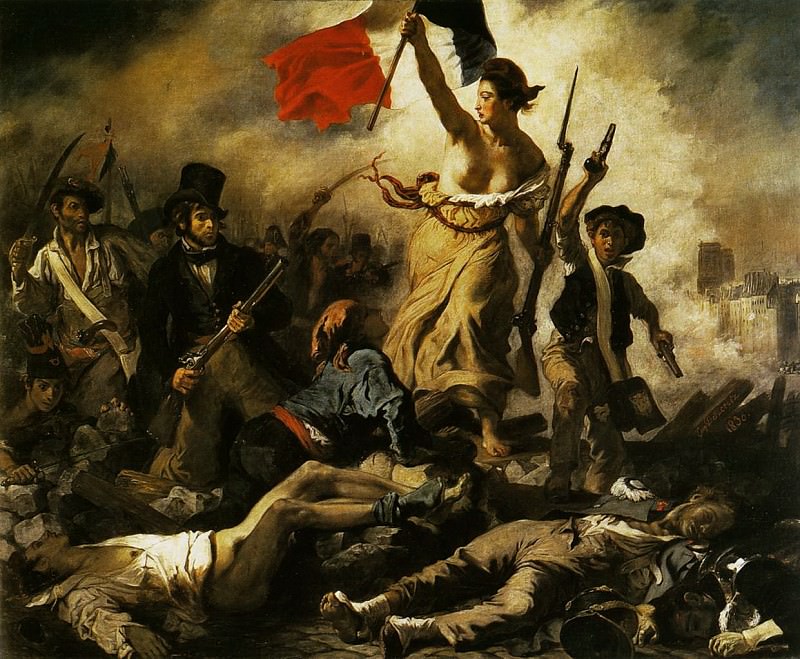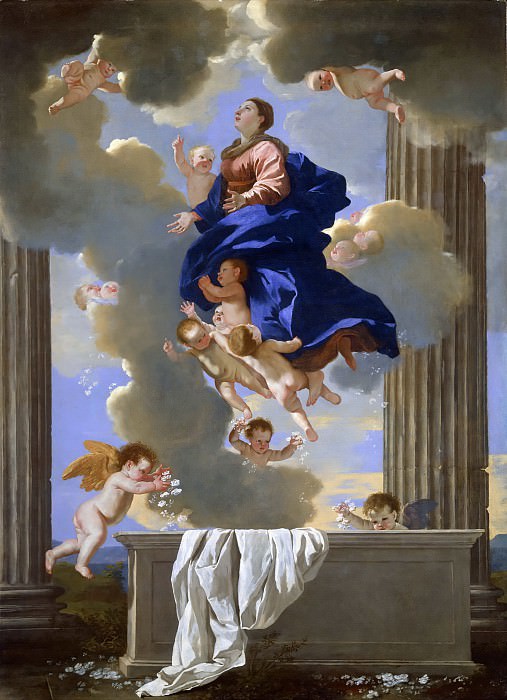The Rich Legacy of Venetian Art
Venetian art holds a unique and revered place in the history of Western art, marked by its distinct style, innovative techniques, and the profound influence it has had on the broader artistic traditions of Europe. The city of Venice, with its unparalleled beauty and position as a cultural melting pot, has served as a fertile ground for artistic expression since the Middle Ages. The art that emerged from this city is a testament to its unique blend of influences, ranging from Byzantine and Islamic art to the innovations of the Italian Renaissance.
The Birth of Venetian Art
Venice's geographical position as a trading hub between the East and West greatly influenced its artistic development. The city was a confluence of cultures, where merchants brought exotic goods, ideas, and artistic traditions from across the Mediterranean and beyond. This blend of influences is evident in the early art of Venice, which combined the grandeur of Byzantine mosaics with the intricate patterns and luxurious materials of Islamic art.
During the early Middle Ages, Venetian art was characterized by its religious themes, with a strong emphasis on iconography. The Byzantine influence was particularly strong, as seen in the mosaics of the Basilica di San Marco. These works of art, shimmering with gold and rich in symbolism, were created by craftsmen who inherited techniques from Constantinople, the heart of the Byzantine Empire. The use of gold leaf, intricate detailing, and the depiction of religious scenes in a flat, two-dimensional style became hallmarks of early Venetian art.
The Renaissance: A Golden Age for Venetian Art
The Renaissance period marked a significant turning point in Venetian art. While Florence and Rome were the epicenters of the Italian Renaissance, Venice developed its own distinct style that set it apart from its contemporaries. Venetian artists were less concerned with the strict mathematical proportions and linear perspective that dominated the art of Florence. Instead, they focused on color, light, and the atmospheric effects that could be achieved through innovative techniques in oil painting.
One of the most influential figures of this period was Giovanni Bellini, often regarded as the father of Venetian painting. Bellini's work exemplified the transition from the Byzantine-influenced art of the Middle Ages to the more naturalistic and expressive style of the Renaissance. His use of color, attention to detail, and ability to convey emotion through his religious and secular works set the stage for future generations of Venetian artists.
Bellini's influence extended to some of the most renowned painters of the Renaissance, including Giorgione and Titian. Giorgione, known for his poetic and enigmatic works, played a crucial role in the development of the Venetian school of painting. His use of sfumato, a technique that creates a soft transition between colors, and his focus on mood and atmosphere, were groundbreaking.
Titian, perhaps the most famous Venetian artist, took these innovations to new heights. His mastery of color and light, combined with his ability to depict the human form with unprecedented realism, made him one of the most sought-after painters of his time. Titian's work had a profound impact on the art of Europe, influencing generations of artists, from Rubens to Rembrandt.
Venetian Art and the Baroque Period
As the Renaissance gave way to the Baroque period, Venetian art continued to evolve. The grandeur and dynamism of Baroque art were well-suited to the opulence and theatricality of Venetian culture. Artists like Tintoretto and Veronese became leading figures of this period, known for their dramatic compositions, bold use of color, and complex narratives.
Tintoretto, with his vigorous brushwork and use of dramatic lighting, brought a new intensity to Venetian painting. His works, often characterized by their dynamic movement and emotional depth, captured the spiritual fervor and grandeur of the Baroque era. Veronese, on the other hand, was known for his elaborate and luxurious compositions, often depicting grand banquets and religious scenes with an emphasis on opulence and detail.
The Baroque period also saw the rise of Venetian landscape painting, a genre that would have a lasting impact on European art. Artists like Canaletto and Guardi captured the beauty of Venice itself, with its canals, palaces, and ever-changing light. These works not only served as souvenirs for the city's many visitors but also contributed to the development of landscape painting as a respected genre in its own right.
The Decline and Revival of Venetian Art
The 18th century marked the beginning of Venice's decline as a political and economic power, which inevitably affected its artistic production. However, even in its decline, Venice continued to produce artists of remarkable talent. The Rococo style, with its emphasis on lightness, elegance, and decorative detail, found a natural home in the city. Artists like Tiepolo and Longhi brought a sense of playfulness and light-heartedness to their work, reflecting the changing tastes of the time.
Despite the decline, Venetian art remained influential. The 19th century saw a renewed interest in the art and culture of Venice, particularly during the Romantic period. Artists and writers were drawn to the city's decaying grandeur, its unique light, and its atmosphere of melancholy beauty. This fascination with Venice and its art continued into the 20th century, with artists like John Singer Sargent and James McNeill Whistler capturing the city's ethereal beauty in their work.
Venetian Art in the Modern Era
The modern era brought new challenges and opportunities for Venetian art. The rise of modernism and the advent of new artistic movements such as Impressionism, Expressionism, and Surrealism influenced artists in Venice, just as they did elsewhere in Europe. However, Venice's unique artistic heritage continued to assert itself, even as artists explored new techniques and ideas.
One of the most significant developments of the 20th century was the establishment of the Venice Biennale in 1895. This international art exhibition, held every two years, brought artists from around the world to Venice and helped to reestablish the city as a center of contemporary art. The Biennale provided a platform for avant-garde artists to showcase their work and has played a crucial role in shaping the course of modern and contemporary art.
Venetian art in the 20th and 21st centuries has been characterized by a dialogue between tradition and innovation. While some artists have sought to preserve and reinterpret the city's rich artistic heritage, others have embraced modernity and experimentation. The tension between these two impulses has resulted in a vibrant and dynamic artistic scene that continues to evolve.
The Influence of Venetian Art Beyond Italy
The influence of Venetian art extends far beyond the borders of Italy. Throughout history, Venetian artists have left an indelible mark on the art of Europe and beyond. The techniques developed by Venetian painters, particularly in the use of color and light, have been adopted and adapted by artists across the world.
In the Renaissance, Venetian art influenced the development of the Northern Renaissance, particularly in the work of artists like Albrecht Dürer, who visited Venice and was profoundly influenced by its art. The Baroque period saw the spread of Venetian techniques to other parts of Europe, particularly in the work of artists like Peter Paul Rubens and Diego Velázquez, who were inspired by the color and drama of Venetian painting.
In the modern era, the influence of Venetian art can be seen in the work of artists such as Claude Monet, who was captivated by the light and atmosphere of Venice, and Jackson Pollock, whose abstract expressionism was influenced by the dynamic compositions of Venetian masters like Tintoretto.
Conclusion: The Enduring Legacy of Venetian Art
Venetian art is a testament to the city's unique place in the history of Western art. From its early roots in Byzantine and Islamic art to its golden age during the Renaissance and its continued influence in the modern era, Venetian art has consistently pushed the boundaries of artistic expression. The city's artists have been pioneers in the use of color, light, and innovative techniques, creating works of art that continue to inspire and captivate audiences around the world.
Today, Venice remains a vital center of artistic activity, with its rich heritage serving as both an inspiration and a challenge to contemporary artists. The Venice Biennale continues to draw artists and art lovers from around the world, ensuring that the city remains at the forefront of the global art scene. Venetian art, with its unique blend of tradition and innovation, continues to leave its mark on the world, a testament to the enduring power of this remarkable city and its artists.




